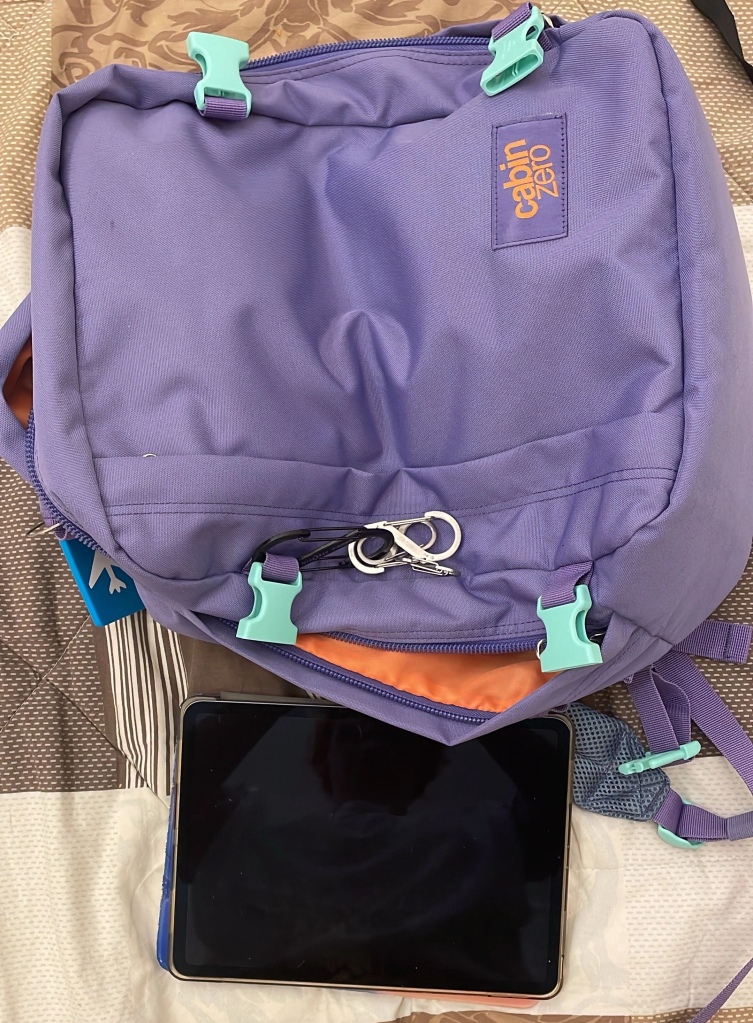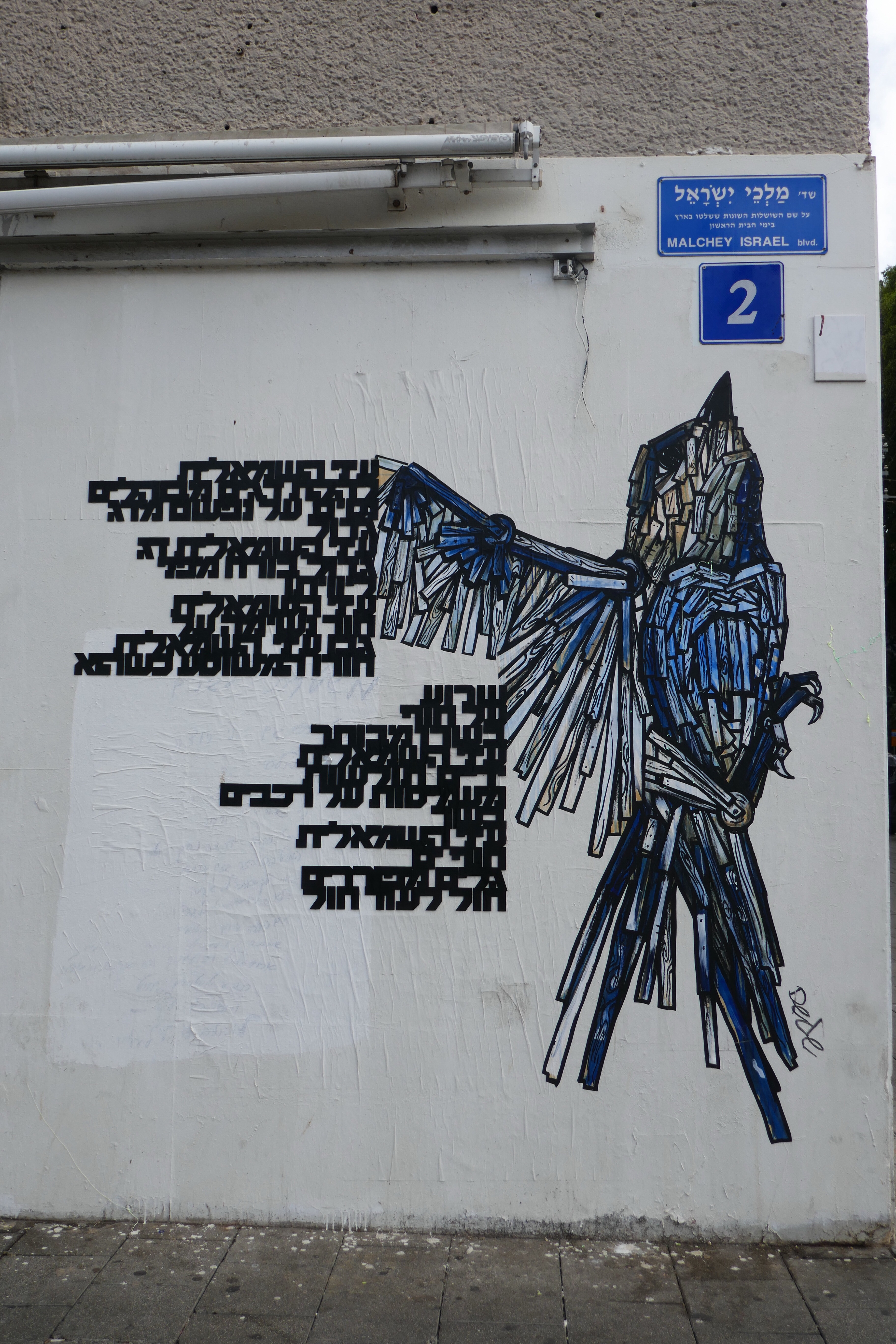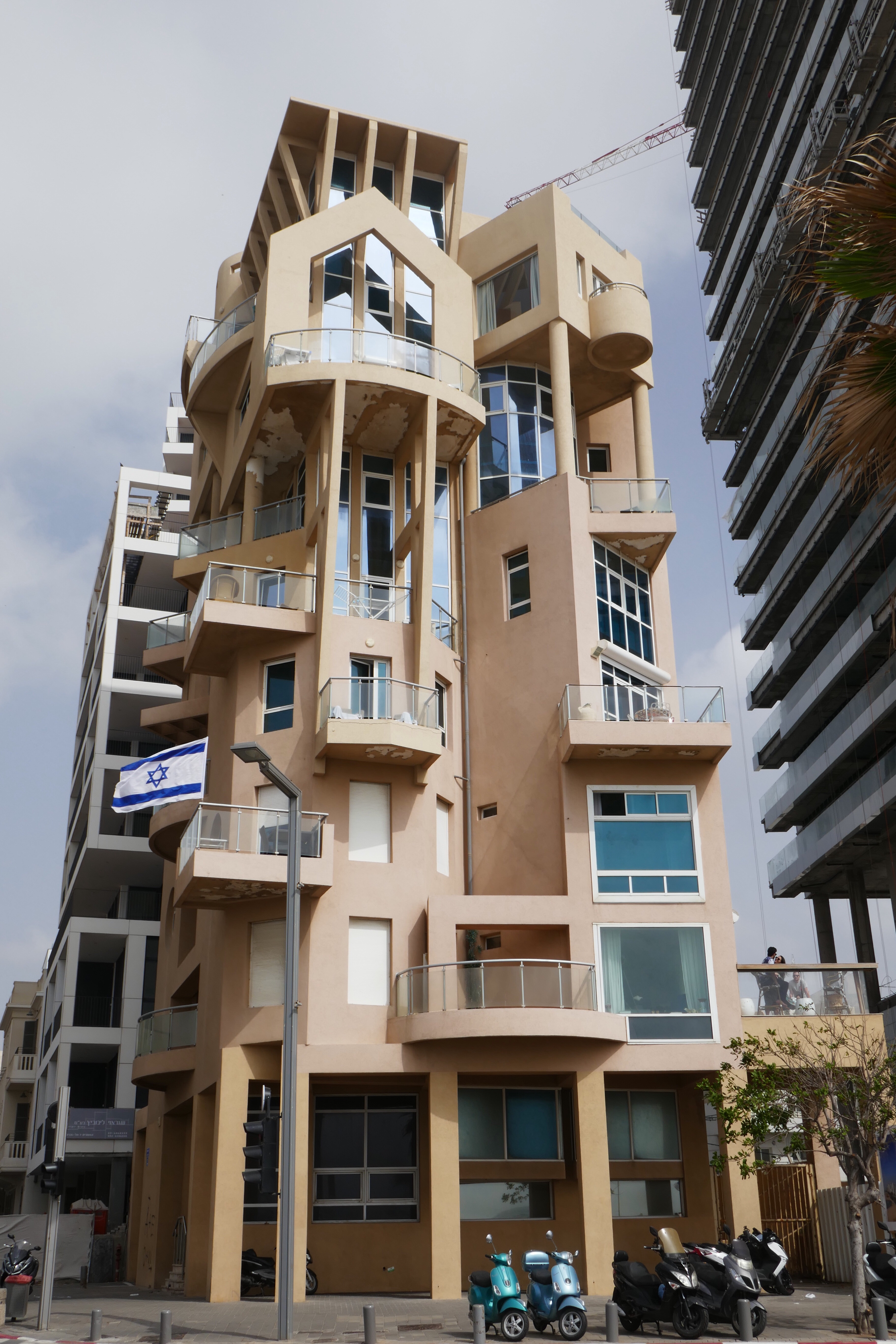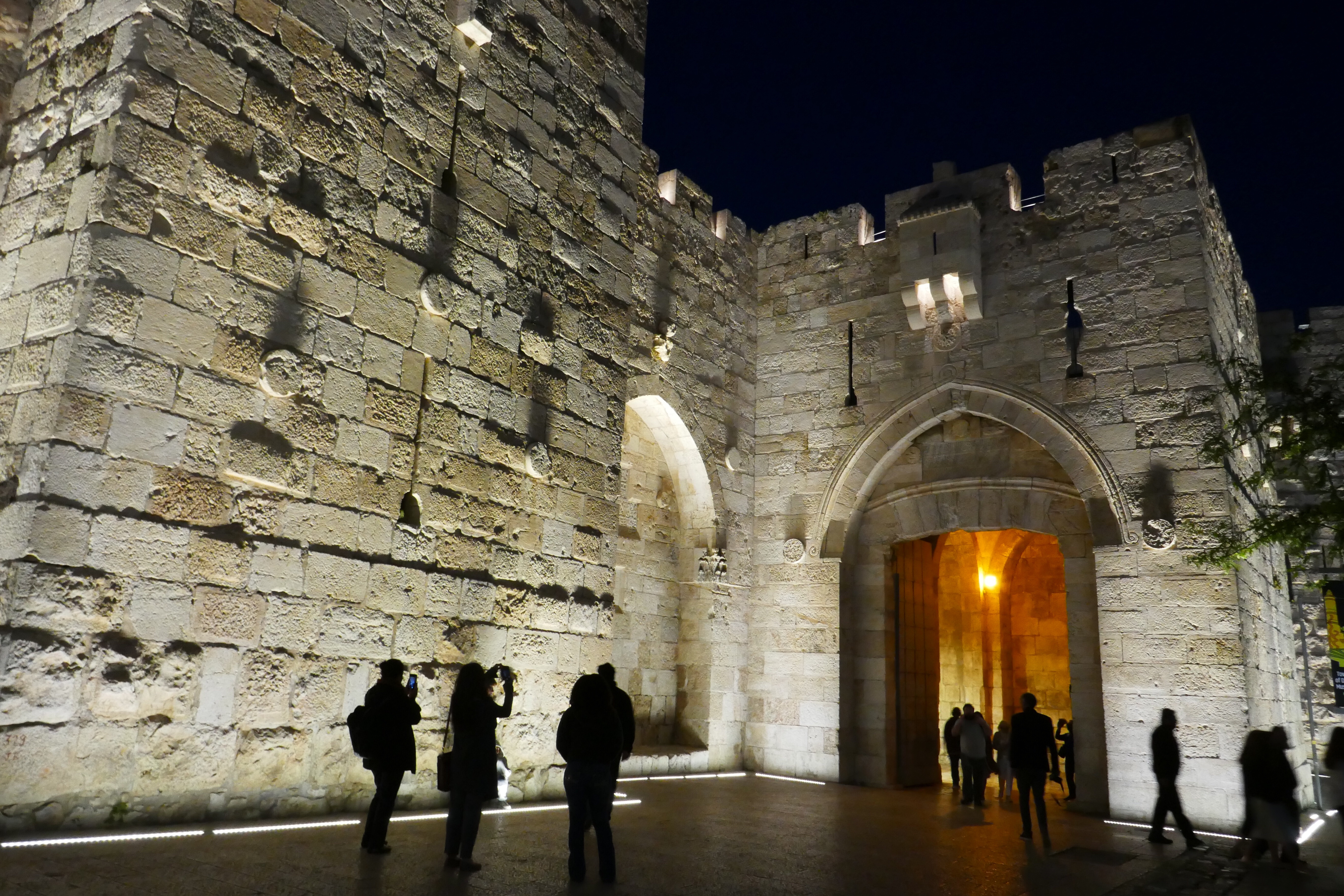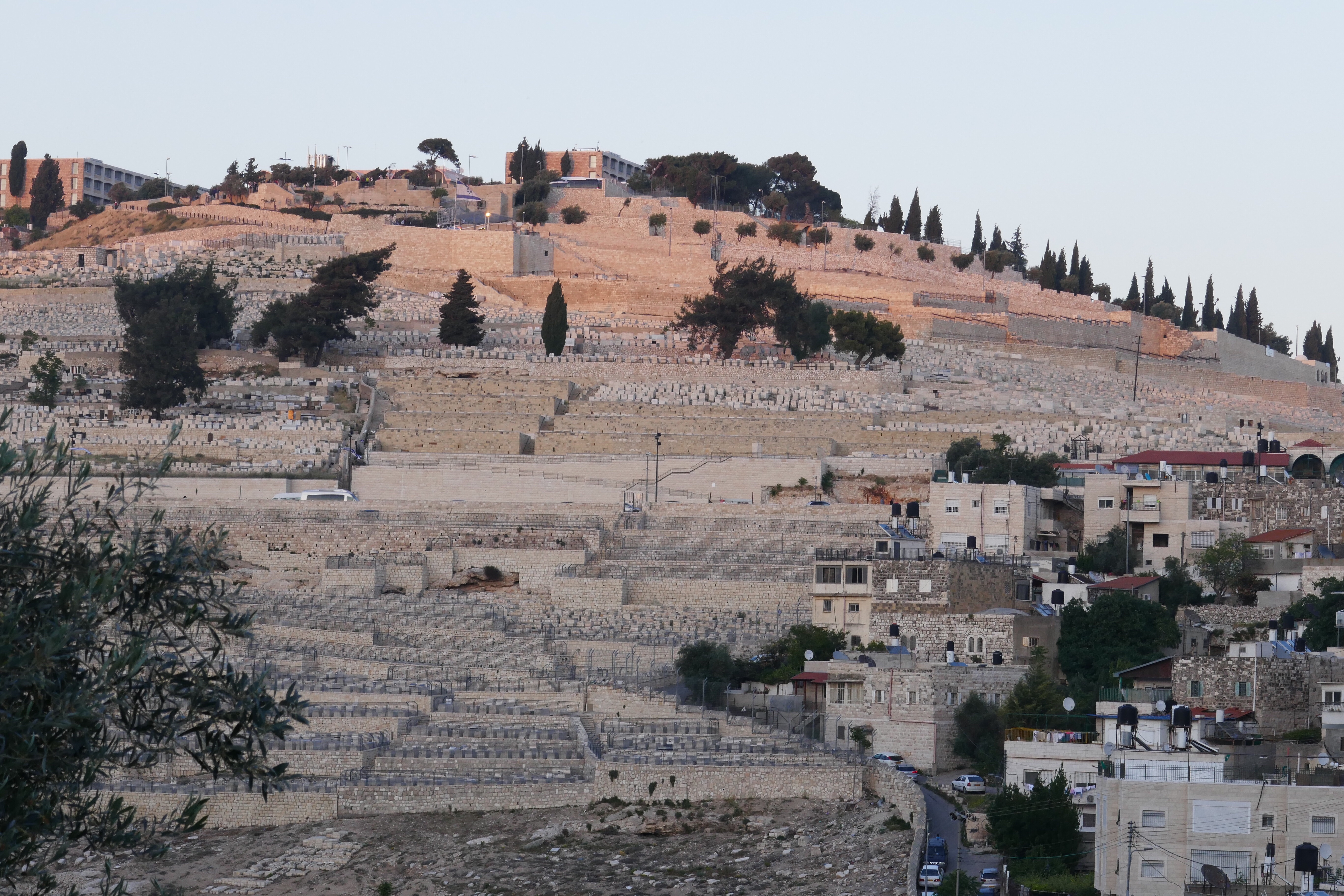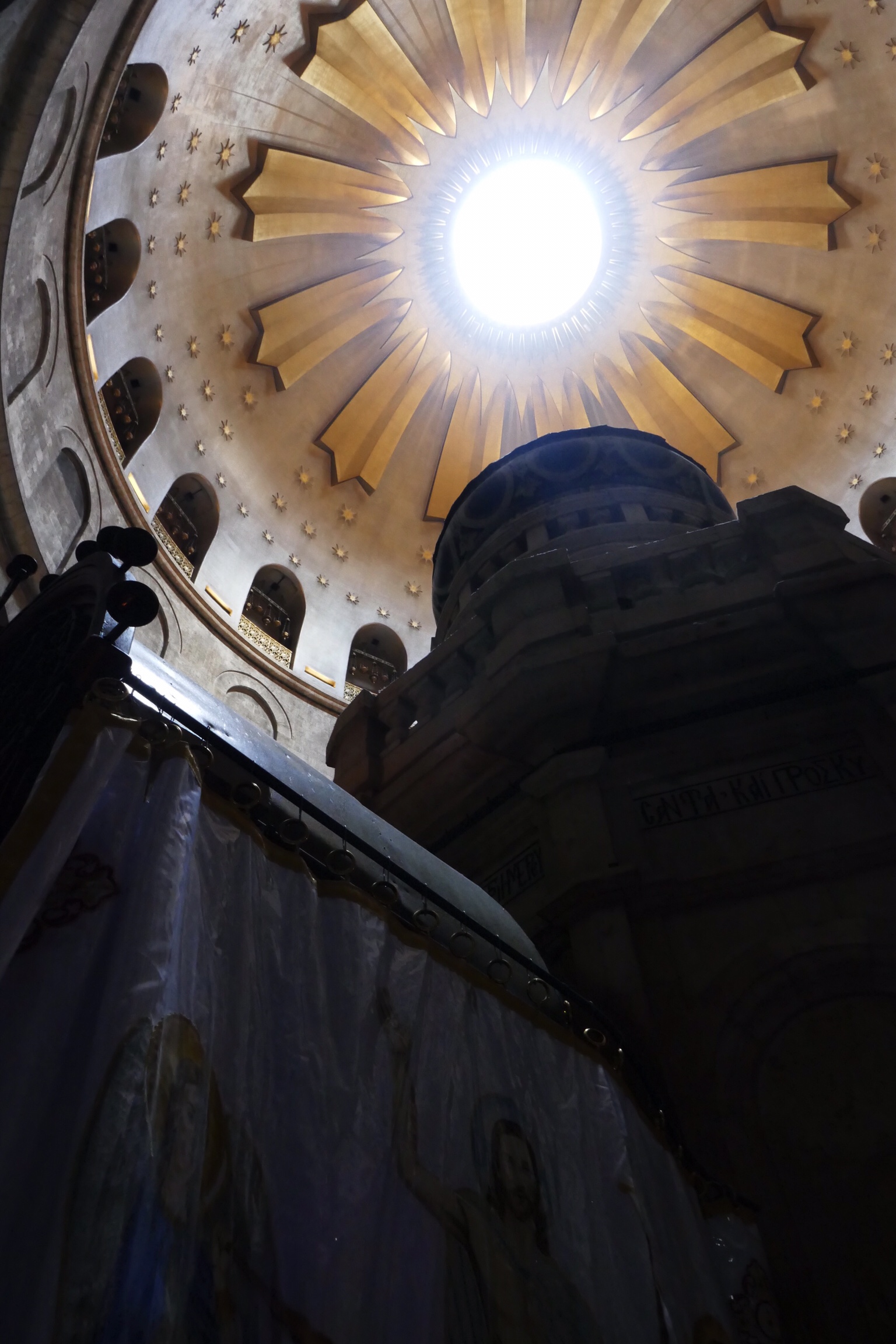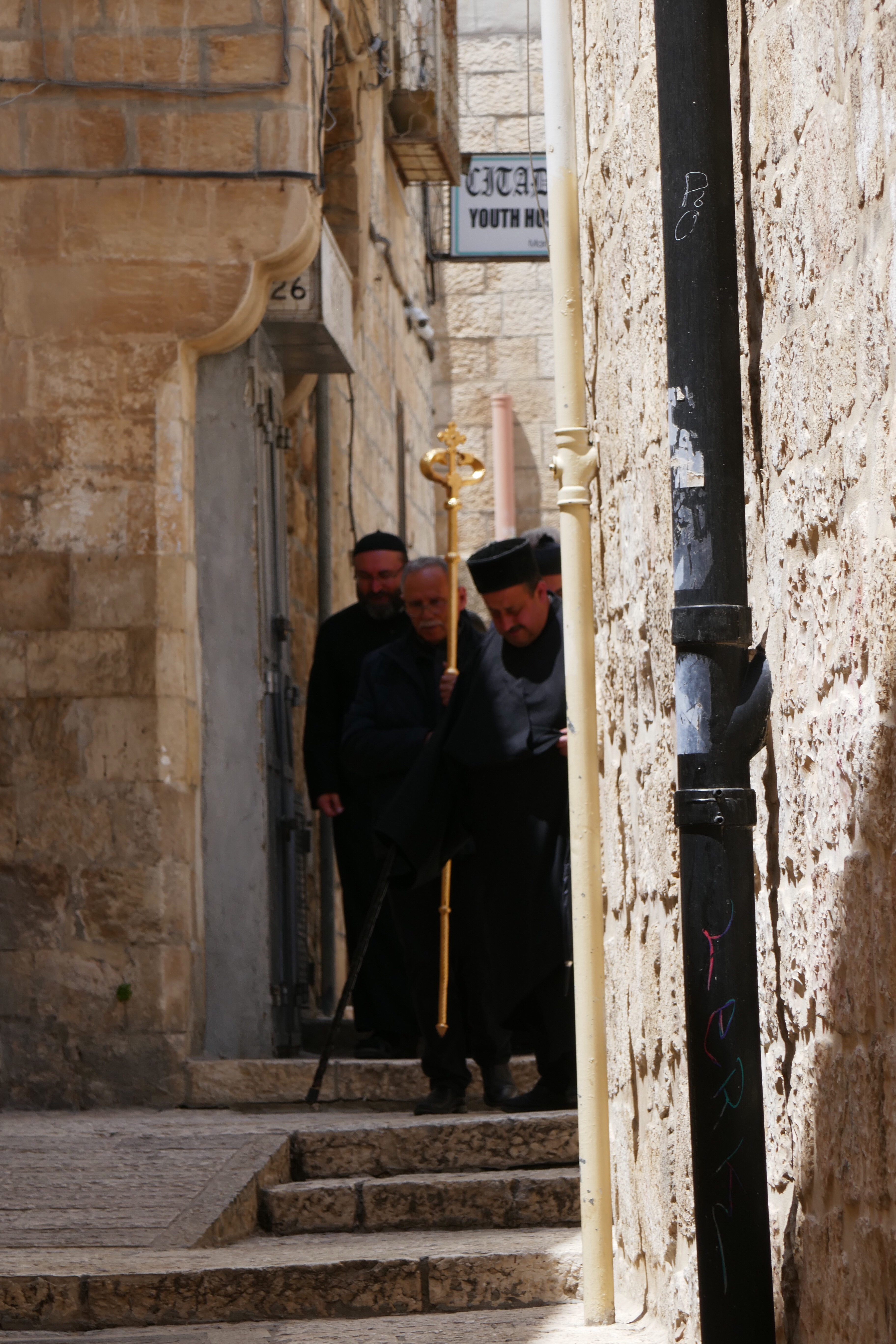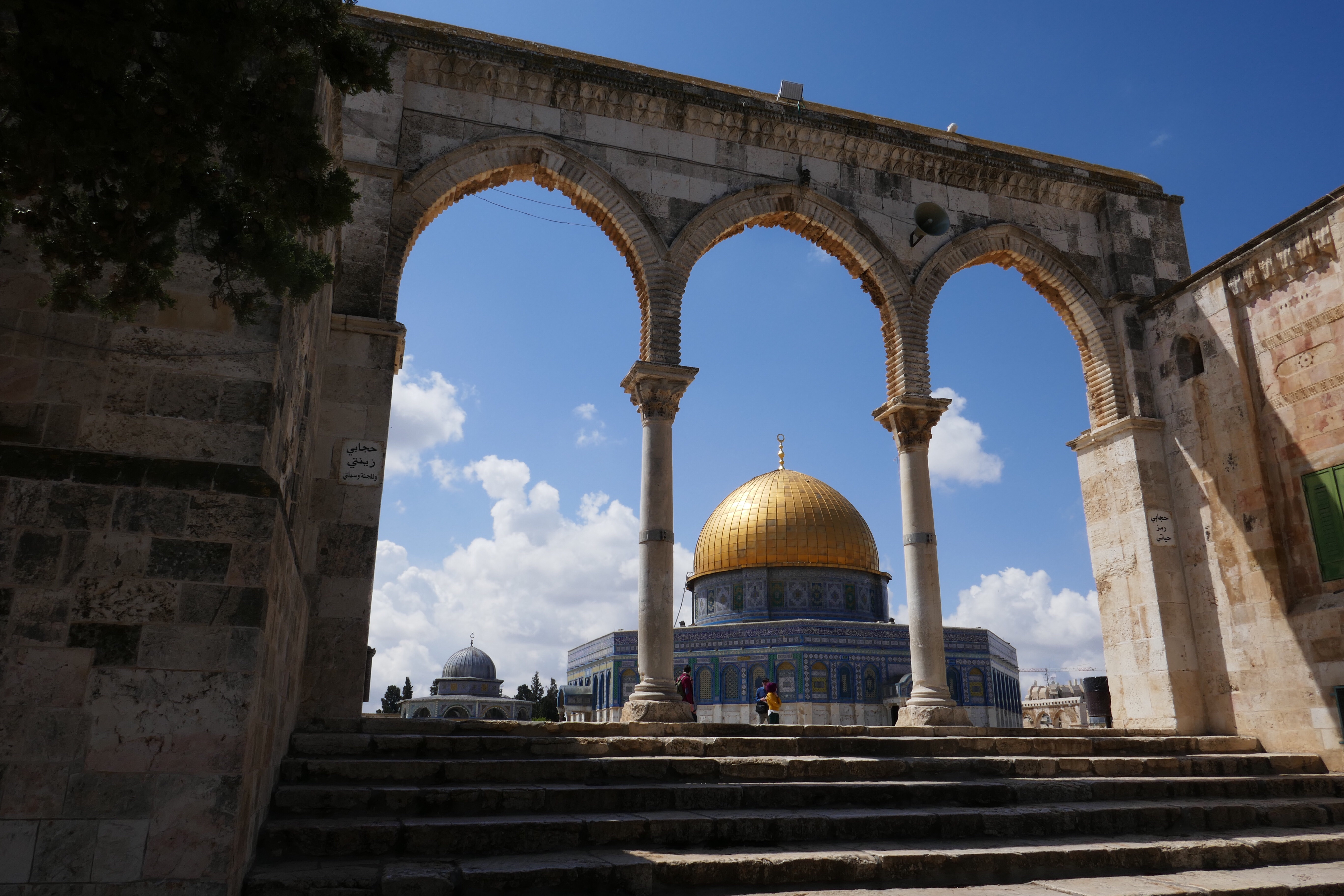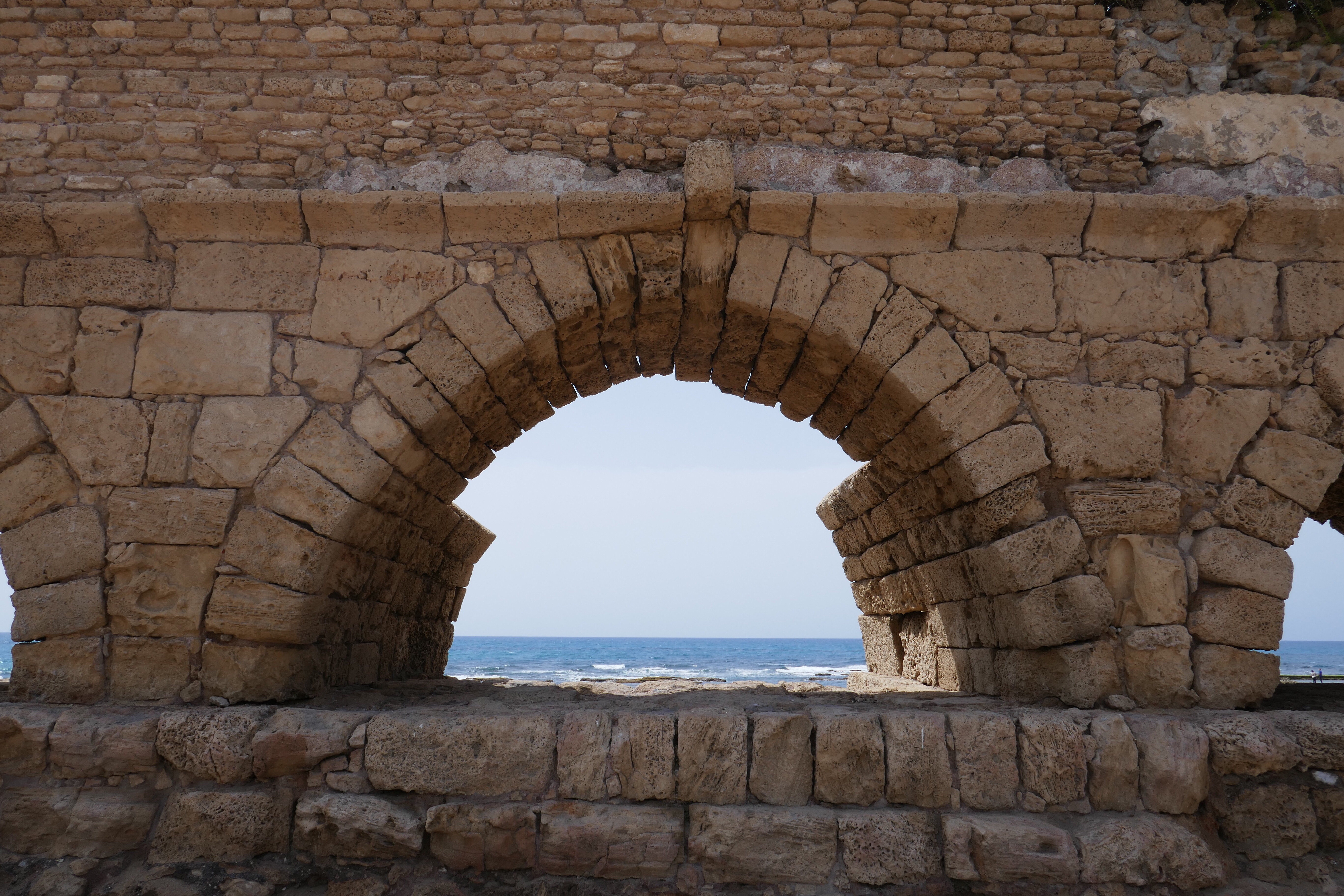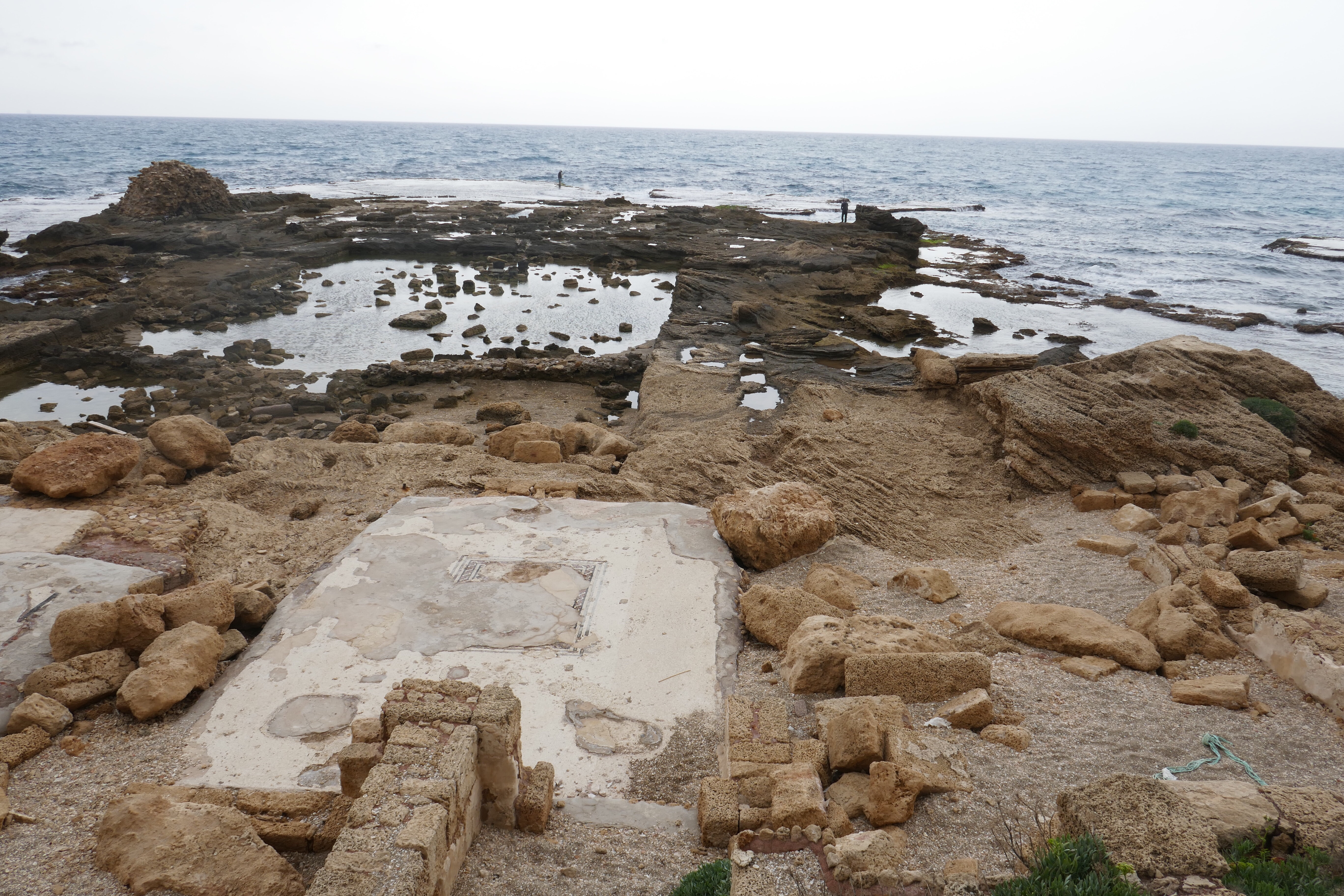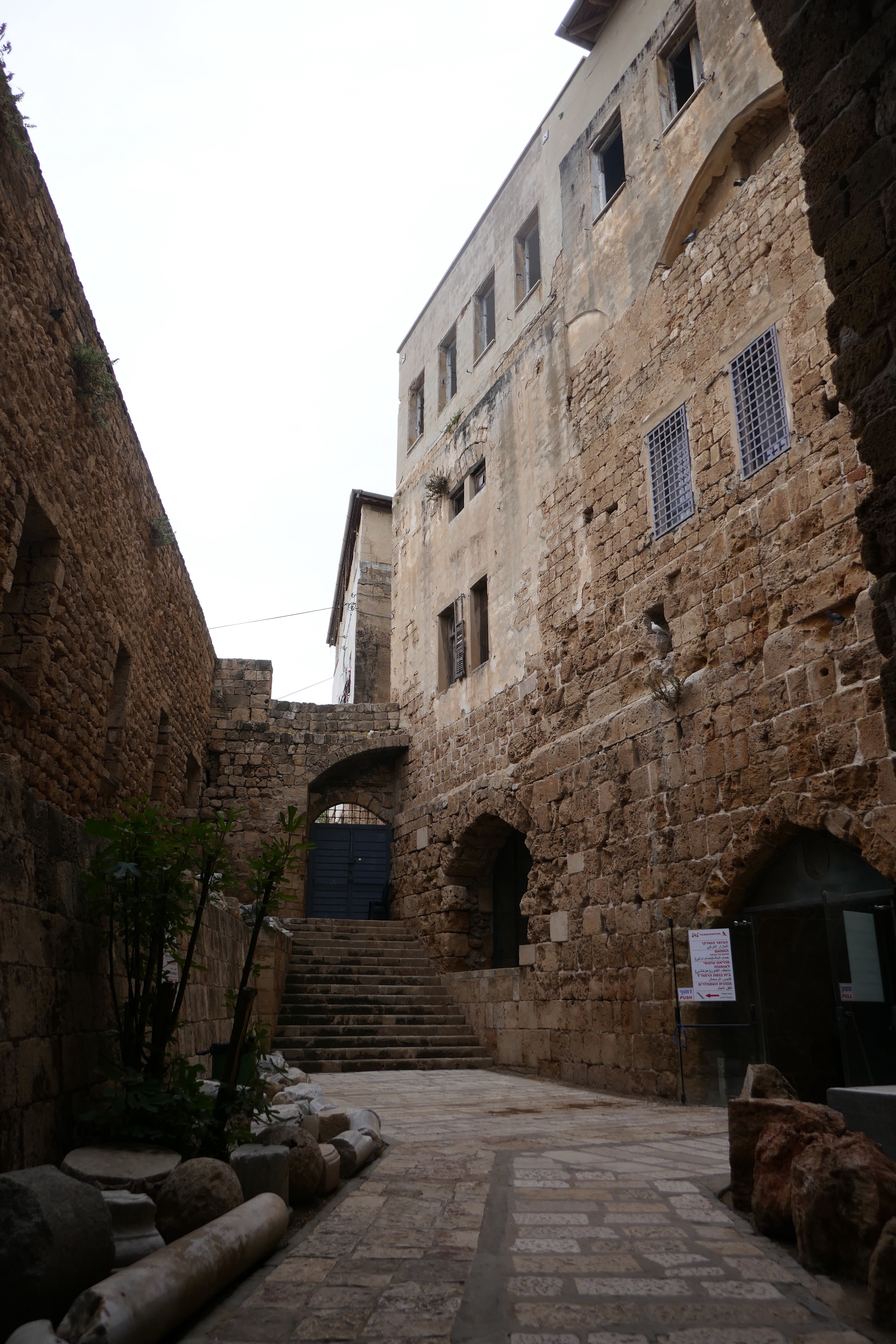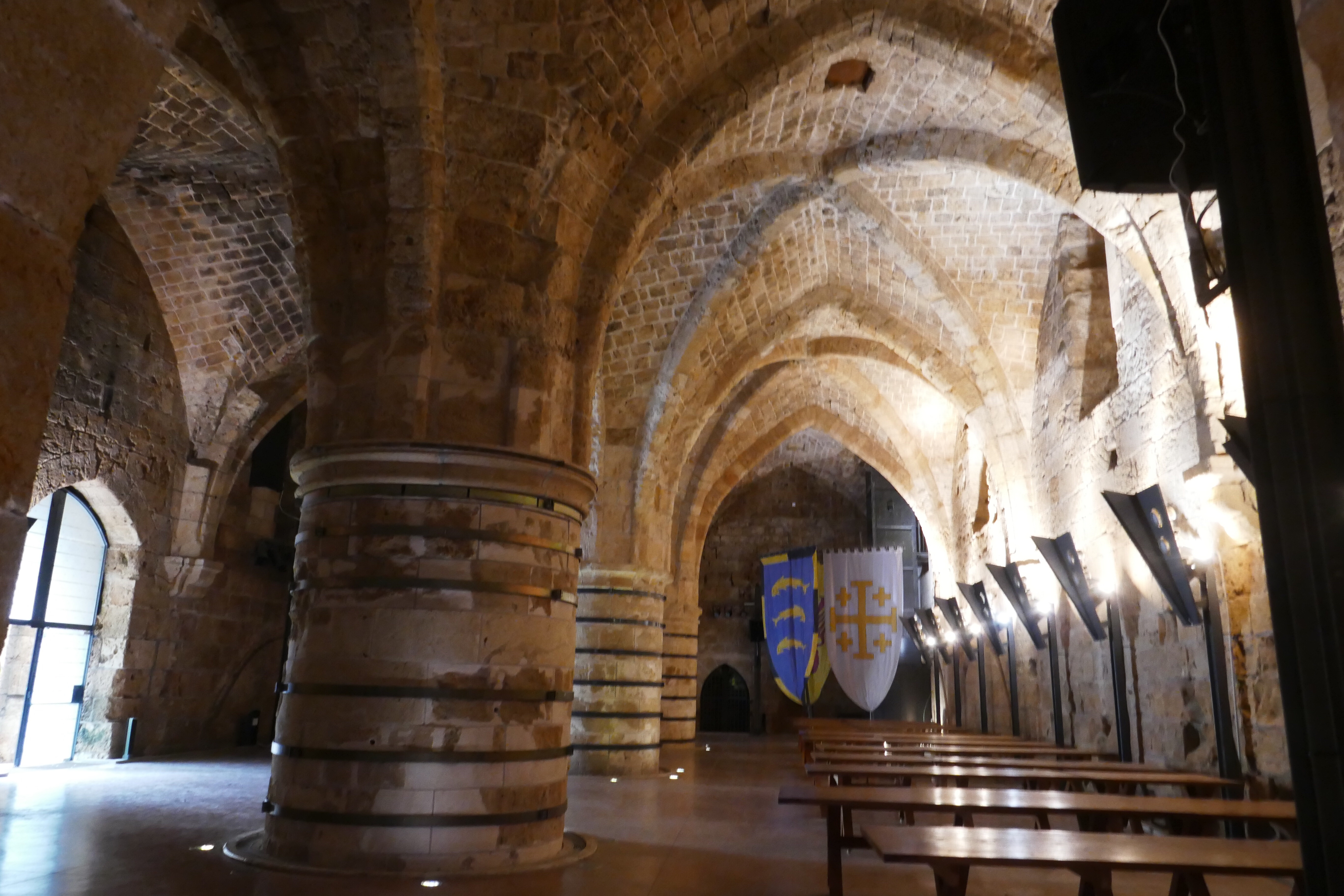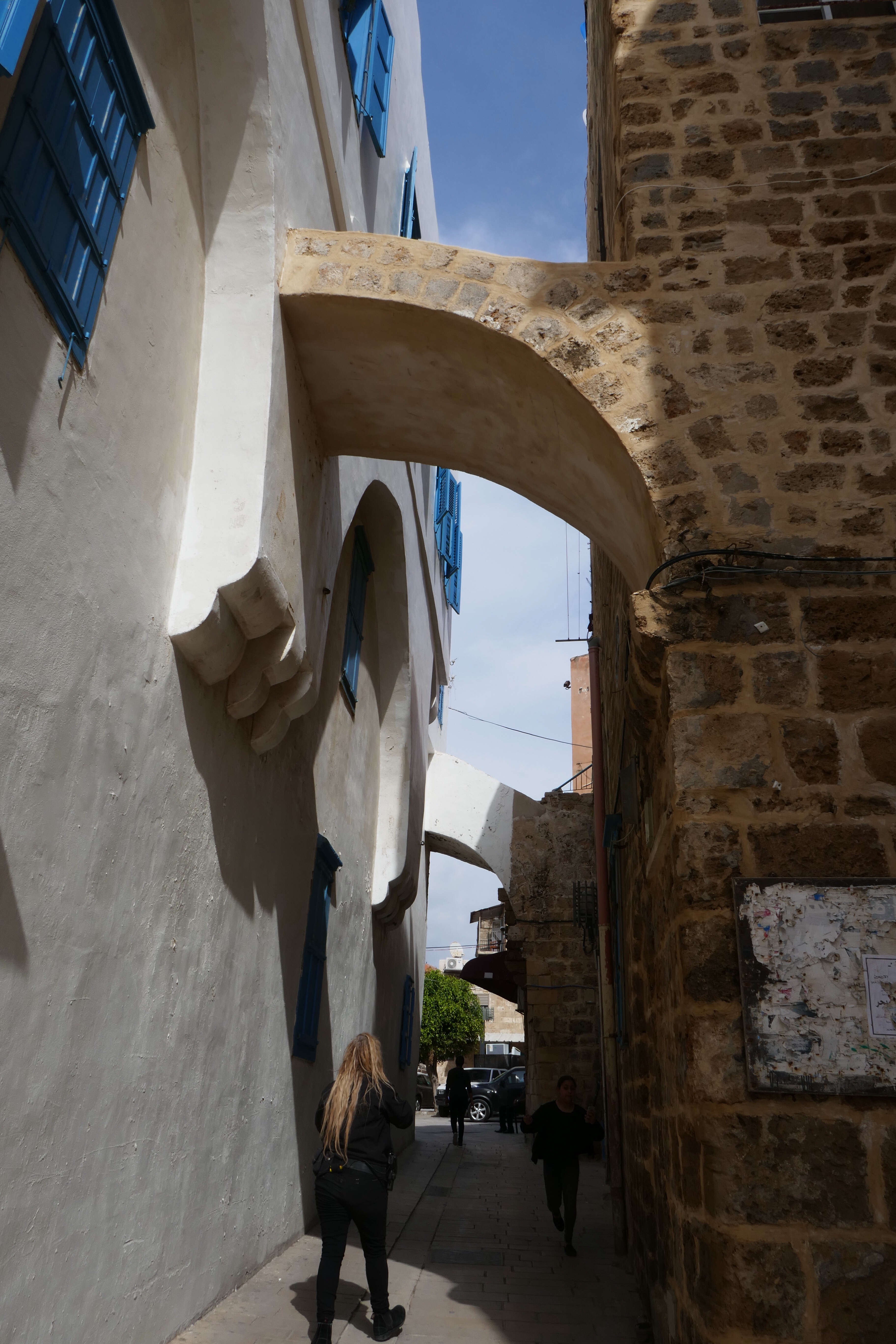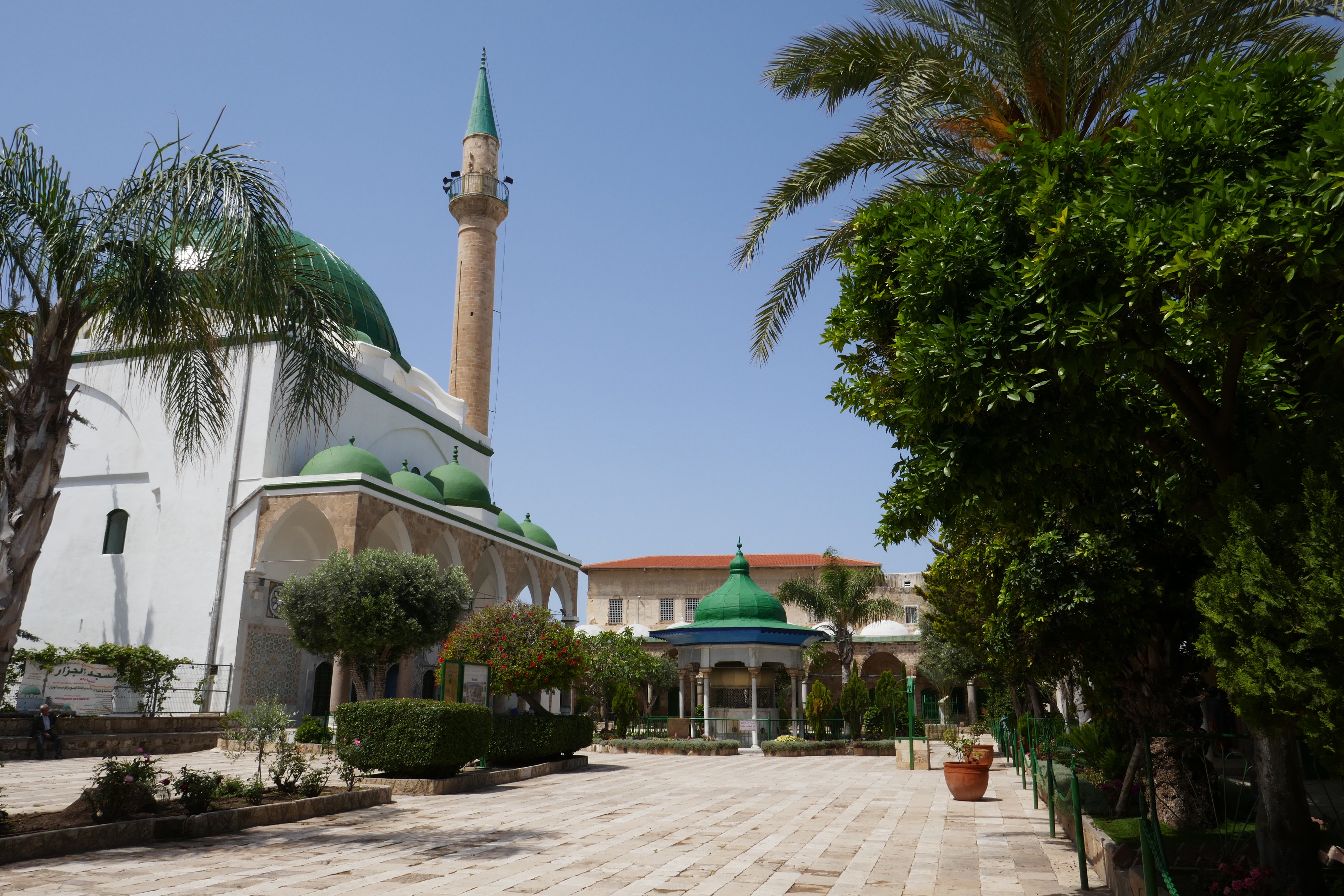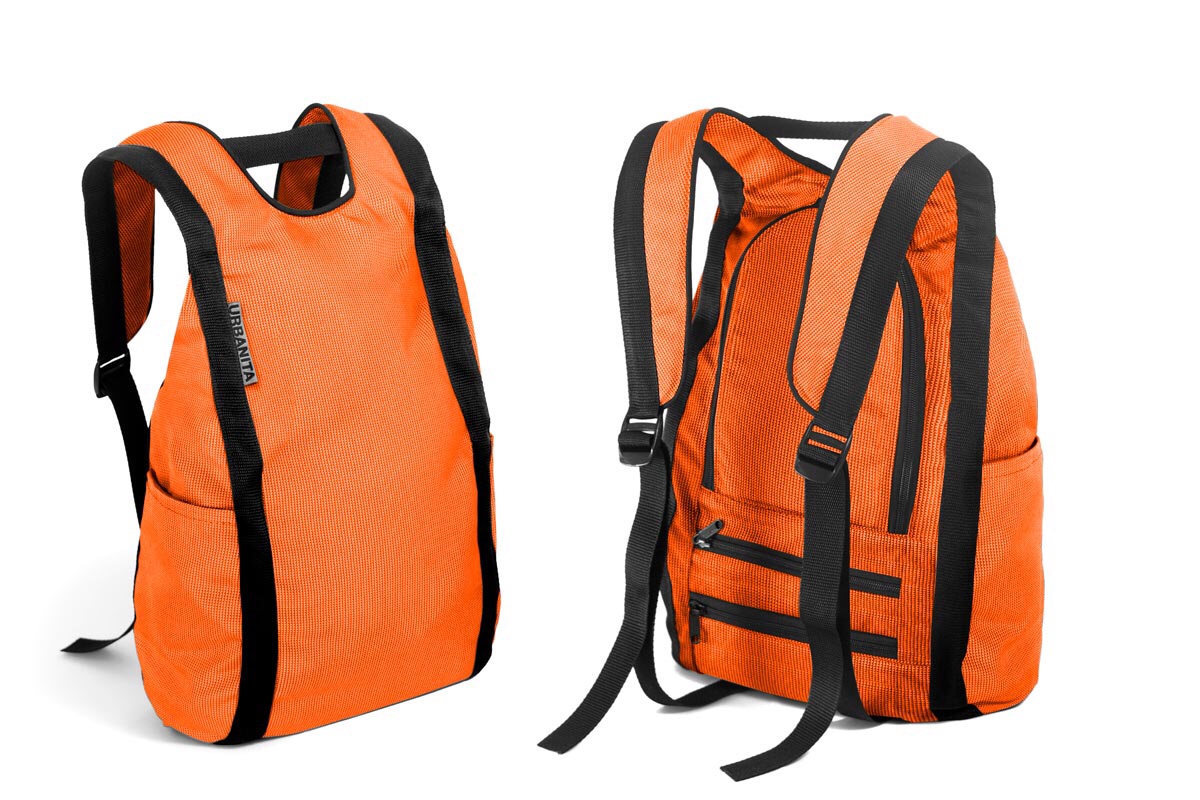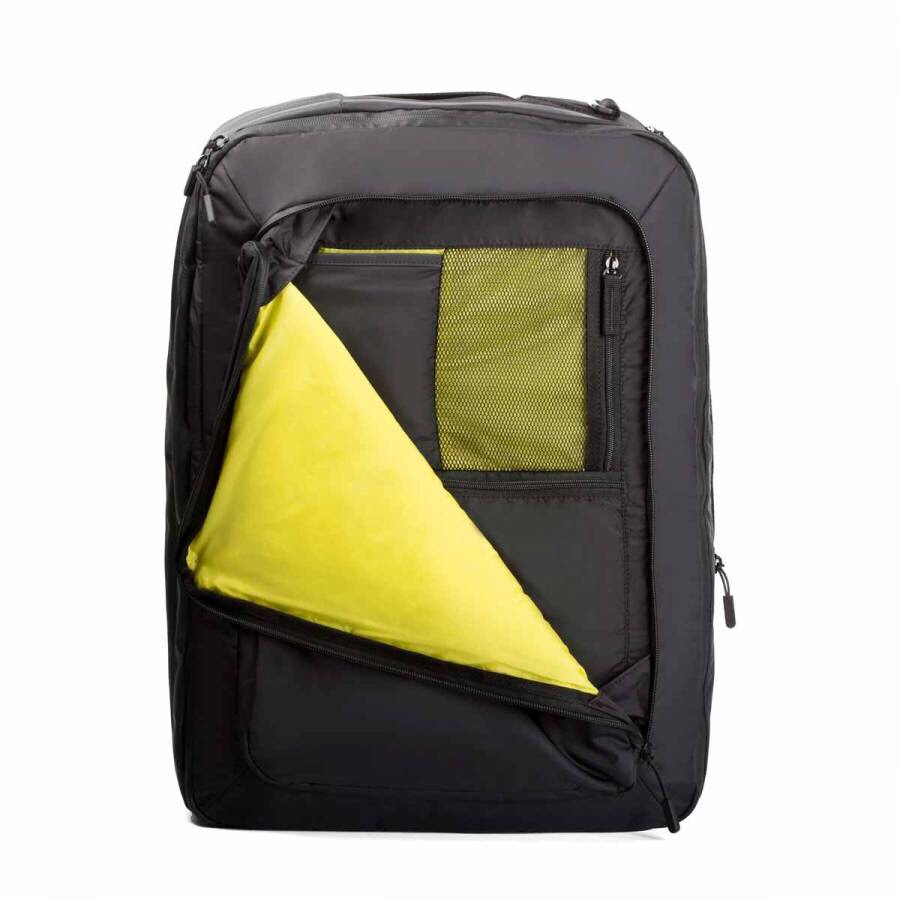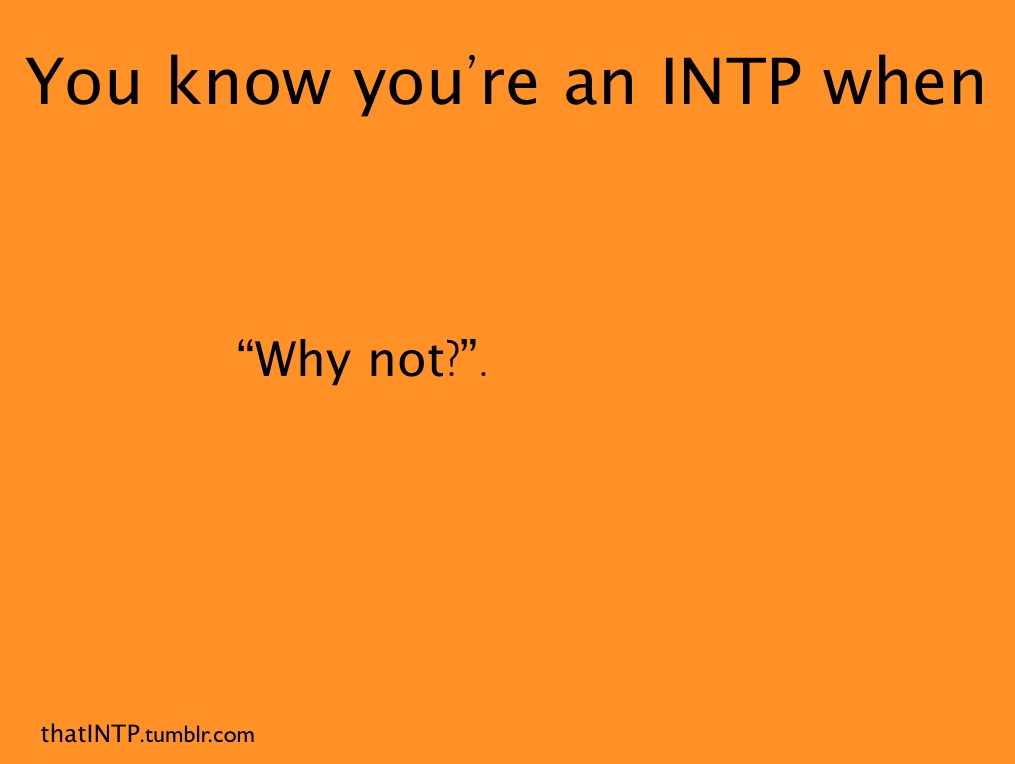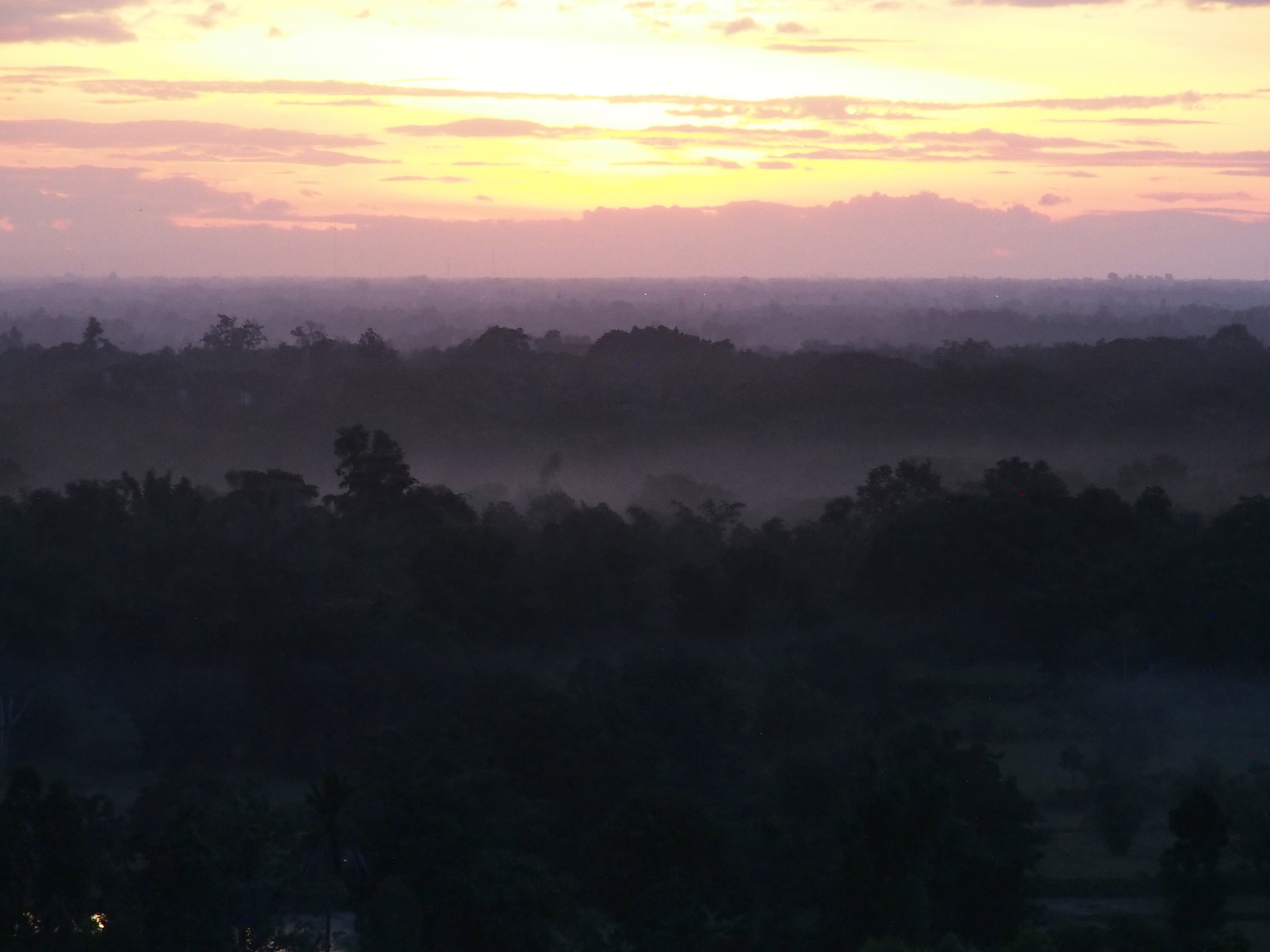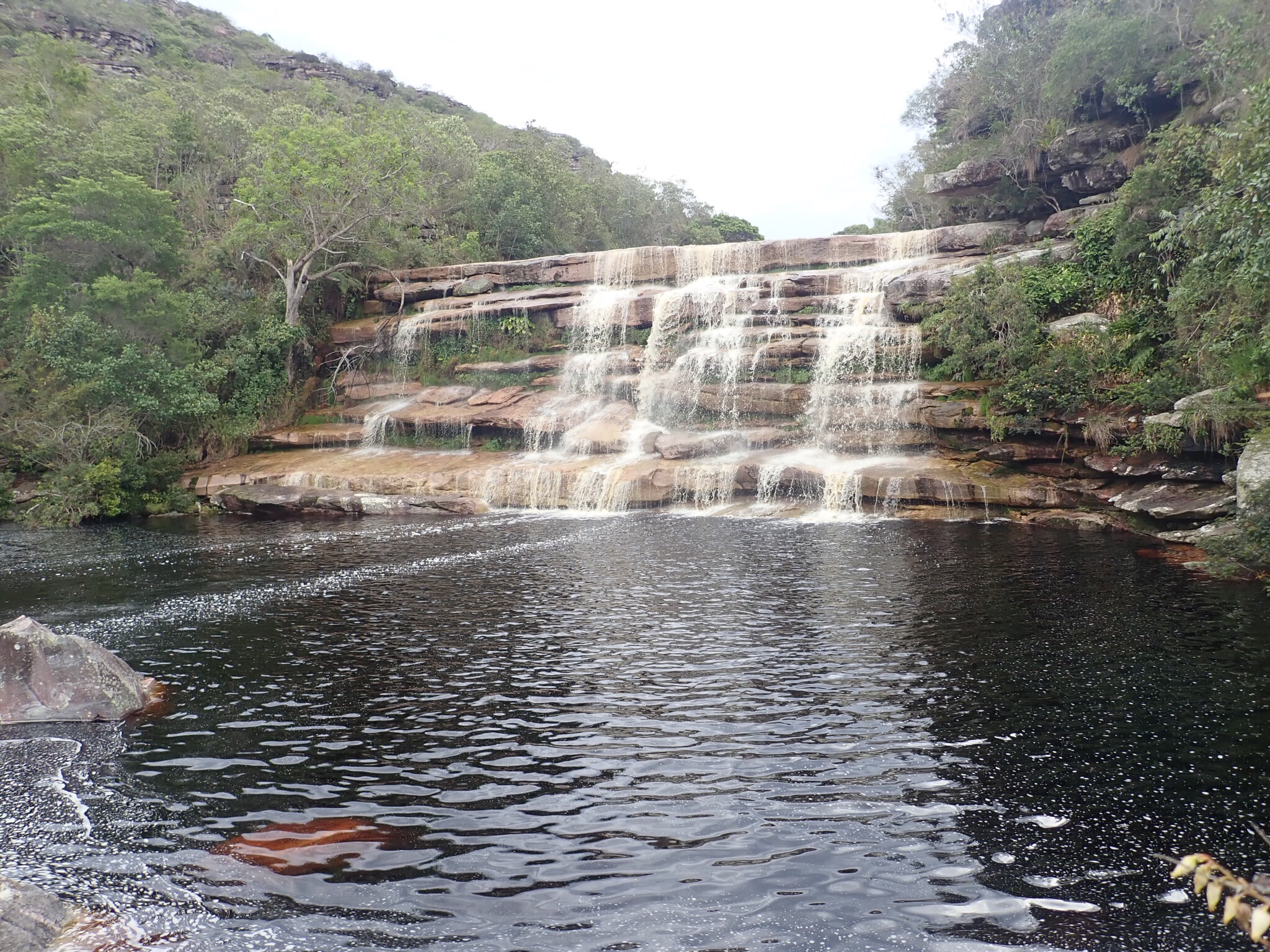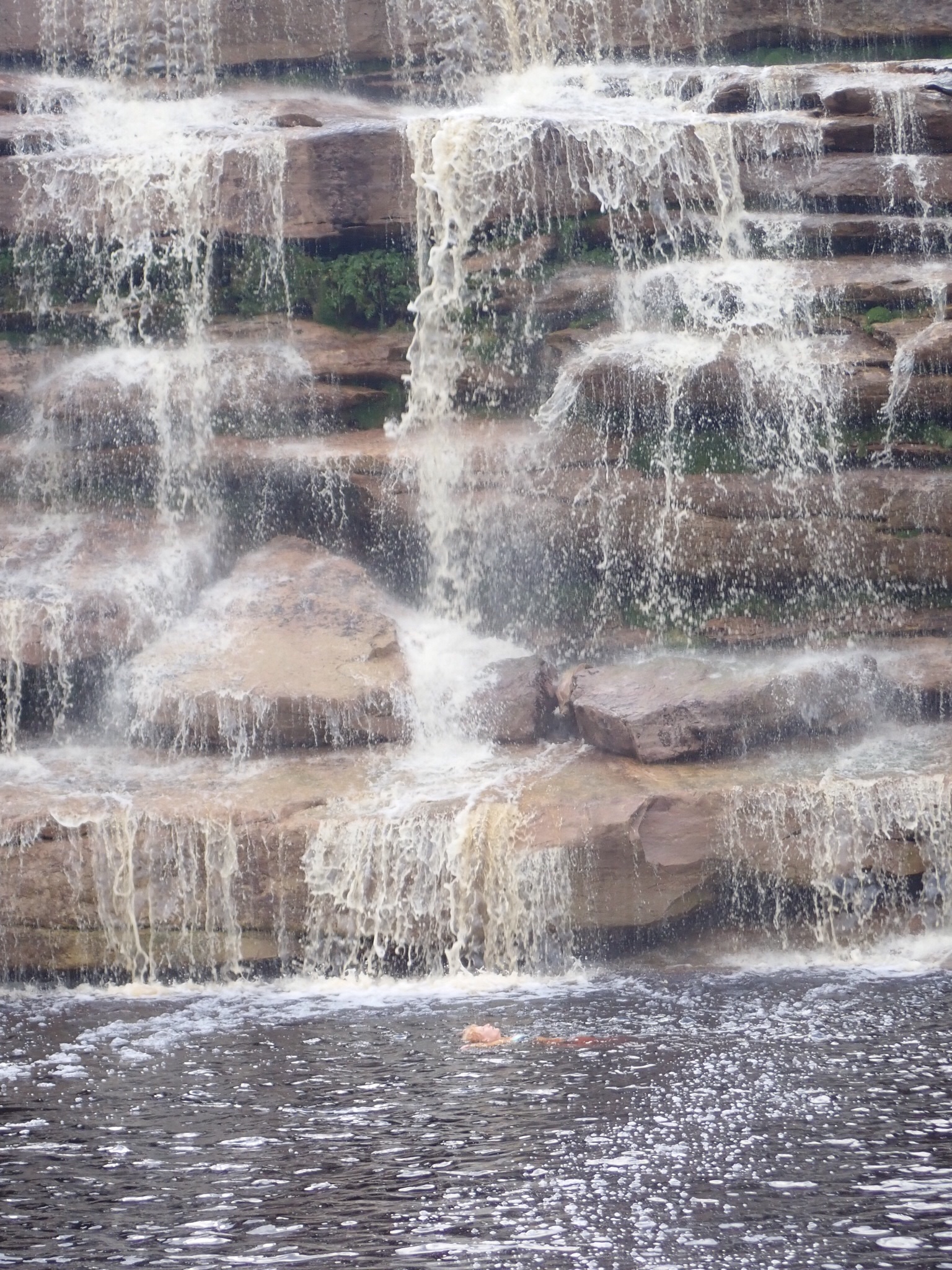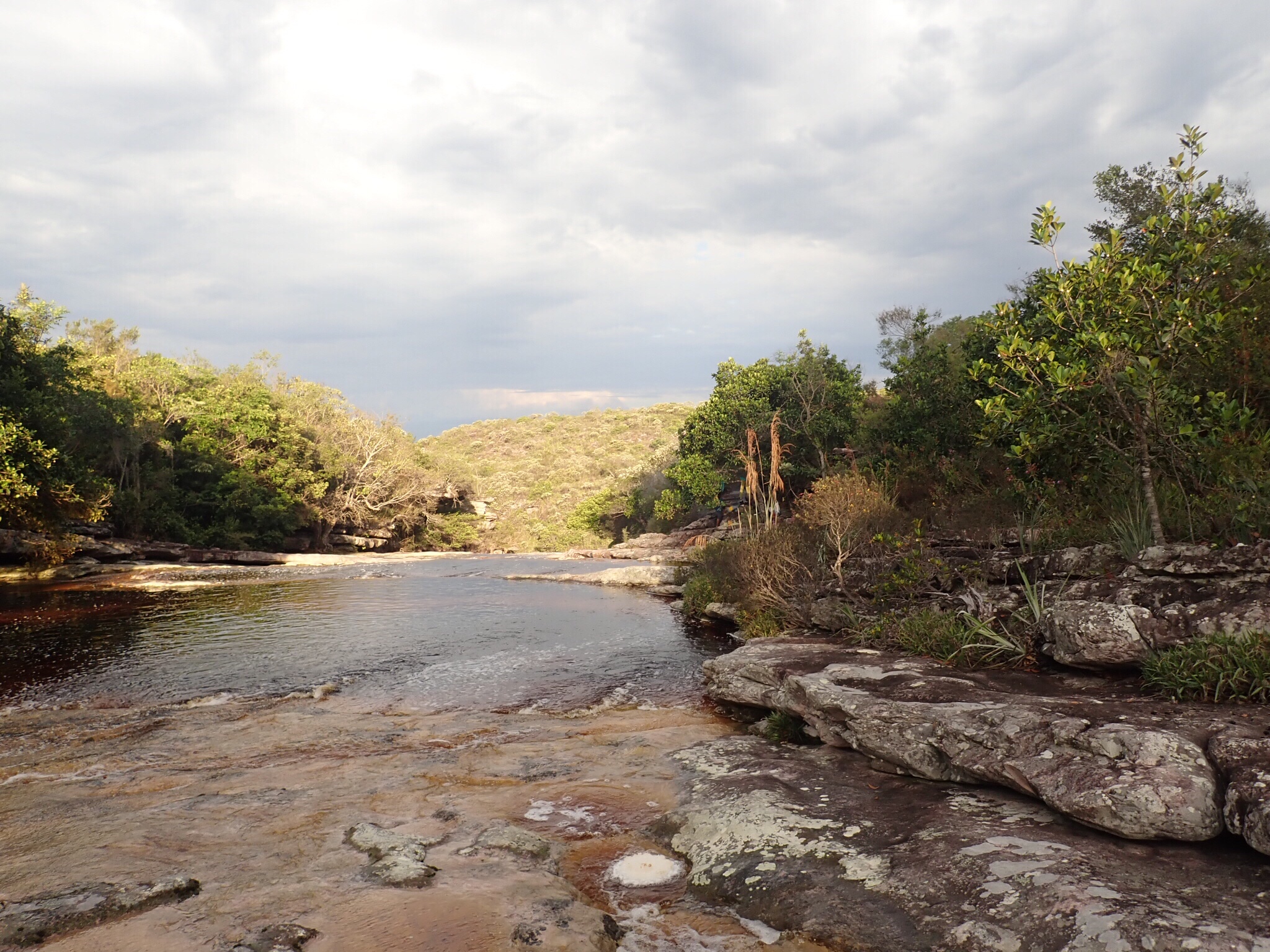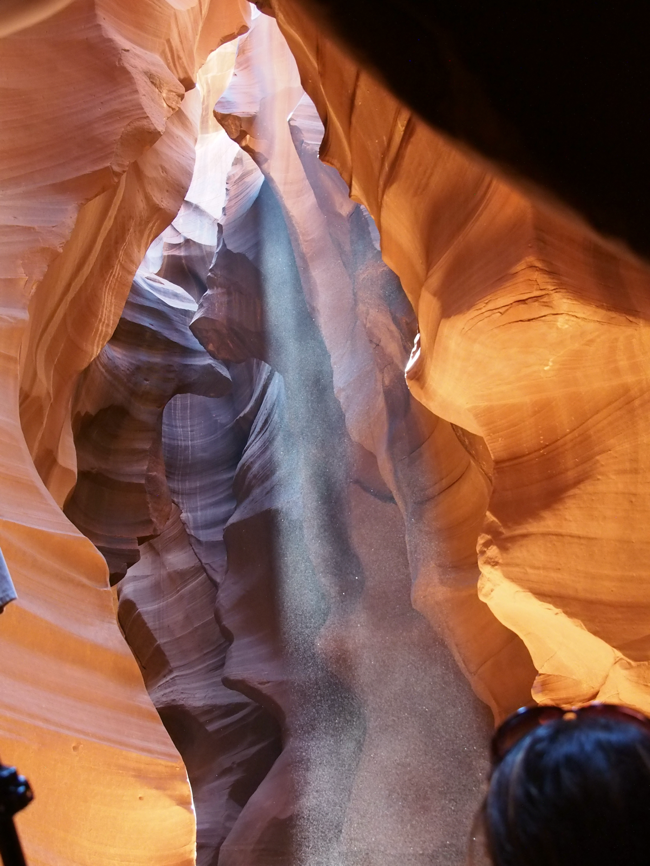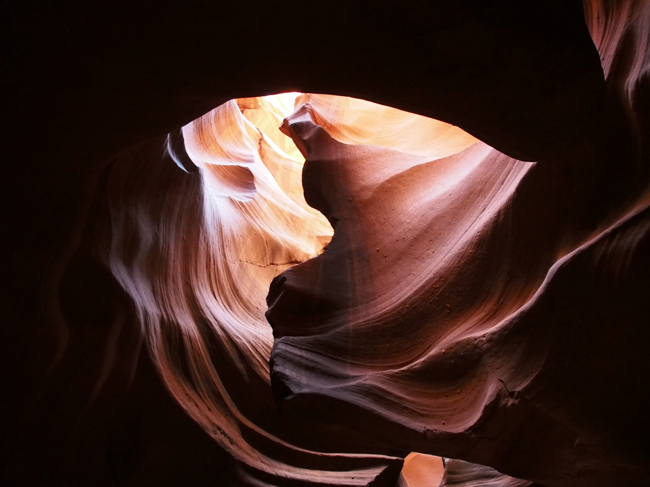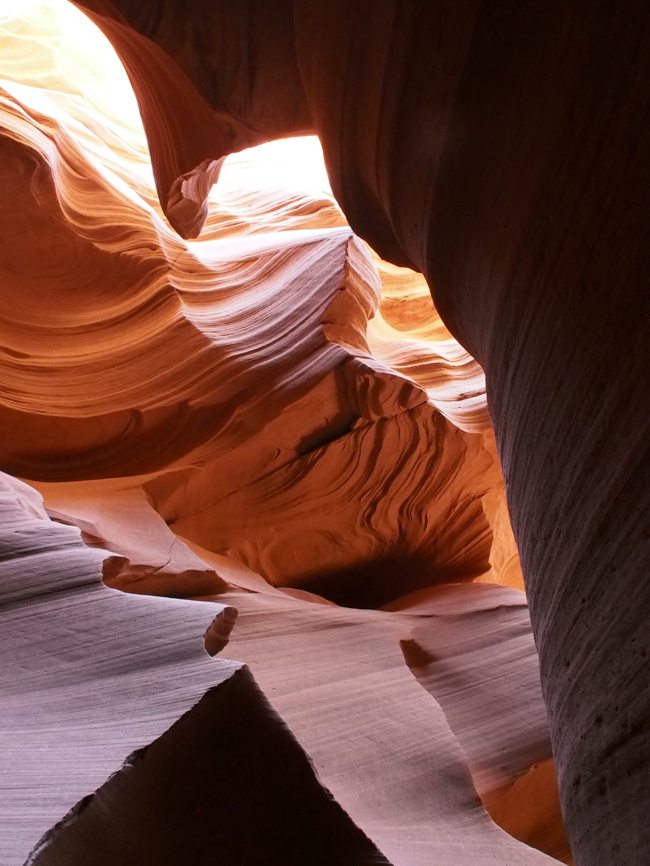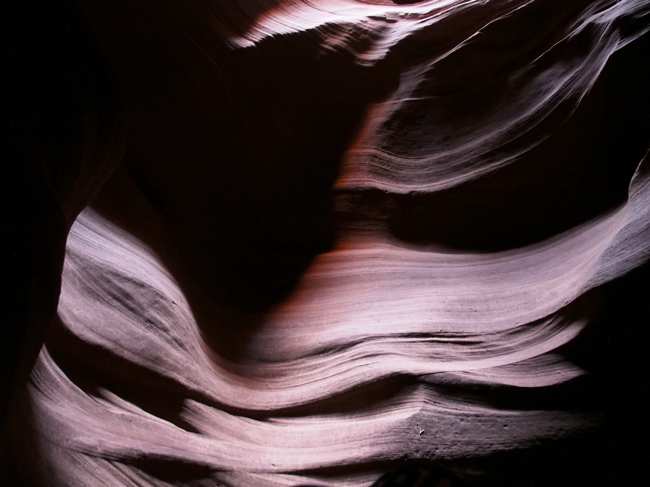After Covid all airlines have introduced new restrictions on cabin luggage and increased the cost of additional bags.
During my last trip I took it as a challenge: let’s see if I can live for 9 days out of a 28 L bag.
I used a CabinZero 28 Classic backpack, picking a Lavender Love colour, because why not?, I was tired of all the black bags, and I am handling it, so I will try to be mindful and not get it too dirty. I love the outside shade of lavender paired with aquamarine trimmings, the inside is light orange and besides being perfect with the rest of the colours, it makes small things easy to see.
The size is really small (39 x 29 x 20 cm), but it’s close to the maximum allowed by Wizz and Ryanair; the backpack is very simple: a large compartment with a pocket at at the back for your laptop/tablet, two zipped pockets on the flap (one is solid, the top one is a net). A large flat pocket on the outside of the flap.
What I like: due to its basic features, the backpack is very light (only 600 g), without compromising on materials and finishing; thanks to its square shape it optimises the use of space; it has compression straps, so you can cinch it down when it’s not full and you can attach things to the outside; the main zipper is lockable; it has two sturdy handles: one at the top, one on the side; it is available in several colours, from the most sober black to the gaudiest tropical mix.
A nice feature is the integrated Okoban tag. You can register your bag on okoban.com and, in case it gets lost, the person who finds it can report it on the same website and you will be contacted. While there are fancier system, such as AirTags or other electronic tags, I find this analogue tag is a nice feature to have.
What could be better: the laptop pouch on the back makes sense if you do not have to take out said laptop during security checks or for entertainment during the trip, otherwise it means you have to take out half of your carefully packed bag, or put it somewhere else; I would have liked a bottle pocket on the side.
How did I find it? I used packing cubes for organisation and I could fit everything I needed with some space to spare to bring something home. I had to compromise on what I brought with me (one Tshirt per day, underwear, socks, a pair of trousers, a skirt, a dress, a light jumper for the night, a swimsuit and a microfiber towel). That was about it, a part from double duty rubber Birkenstock. I could not bring my mirrorless camera and I took my smaller one.
I moved around a lot, so it was nice to only have a few items to keep track of and a small bag I could take anywhere. I did not miss anything, I did not need to buy anything last minute. It was a fun experience.
I used a packable daypack for sightseeing.
Would I do it again? Yes. Of course, it depends on where you go, I was travelling in a hot climate, I would probably not have been able to pack as much for colder areas. But that might also be my next challenge.
Cabin Zero sells a set of packing cubes made to match their backpacks: the 28 L can fit one large and two medium size cubes, I am thinking about getting a set. The only thing is that they do not have clean and dirty sides, which are the ones I prefer. On the other hand you can double stack them in the backpack with a little room left for other things.
